Major market players are investing heavily in research and development to increase their product lines, which will help the market for Phototherapy Market to grow further. The market players have also undertaken several strategic initiatives to expand their footprints, including key market developments such as new product launches, contractual agreements, mergers and acquisitions, increasing investments, and collaborations with other organizations. Competitors in the Phototherapy industry must offer cost-effective products to expand and survive in the increasingly competitive and rising market environment.
One of the key business strategies adopted by the manufacturers in the Phototherapy industry to benefit their customers and expand their market segment is to manufacture locally to reduce operating costs. In recent years, the Phototherapy industry has provided some of the most significant medical benefits. Major players in the Phototherapy Market, such as Signify Holding (Netherlands), G.E. Healthcare (U.S.), Natus Medical Incorporated (U.S.), Herbert Waldmann GmbH & Co. K.G. (Germany), Phoenix Medical Systems (P) Ltd (India), Atom Medical Corporation (Japan), National Biological Corporation (U.S.) are focusing on expanding the market demand by investing in research and development activities.
Sewon Cellontech Co., Ltd. is engaged in the provision of mechatronics and regenerative medical system equipment. The company provides products such as petrochemical, refining, natural gas and power plant equipment, and exports plant equipment to countries such as the Middle East. On August 22, 2022, South Korea-based Sewon NC announced that it will commercialize organic light-emitting diode (OLED)-based phototherapy solutions for the treatment of pain and various skin conditions. The OLED optical patch developed by KAIST is a flexible platform that can be fixed on the body.
It's less than 1mm thick and relies on a flexible OLED screen. Preclinical trials using the patch will take place in the first half of 2022 with promising results. Sewon intends to expand the use of the patch in more areas, including the treatment of skin conditions, including wrinkles, skin cancer, dementia and other skin conditions.
Also, GE HealthCare Technologies Inc., trading as GE Healthcare, is a medical technology company headquartered in Chicago, Illinois. It is a manufacturer and distributor of diagnostic imaging agents and radiopharmaceuticals for imaging modalities used in medical imaging procedures. It manufactures medical diagnostic equipment, including CT imaging machines; MRI, X-rays; ultrasound; cath labs; mammography; nuclear medicine cameras; and develops applications in medical imaging and information technology, medical diagnostics, patient monitoring systems, disease research, drug discovery, and health technologies for biopharmaceutical manufacturing.
In November 2022, GE Healthcare and MediView XR Inc, announced their collaboration to integrate medical imaging into mixed reality solutions through the development of the OmnifyXRTM Interventional Suits System.
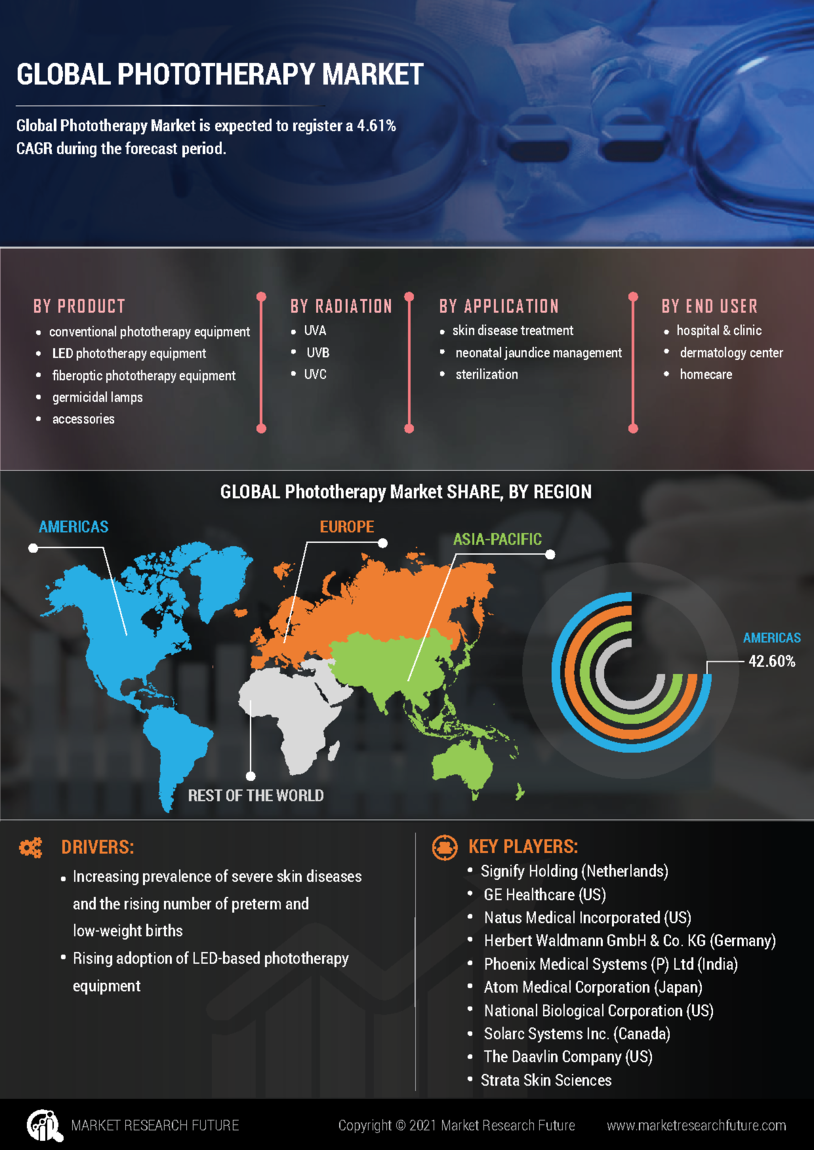

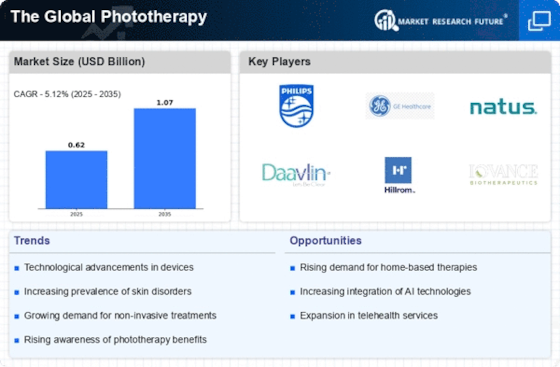
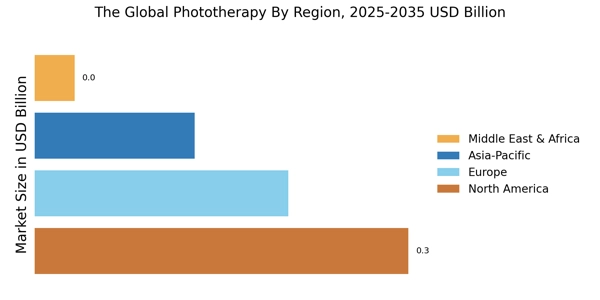
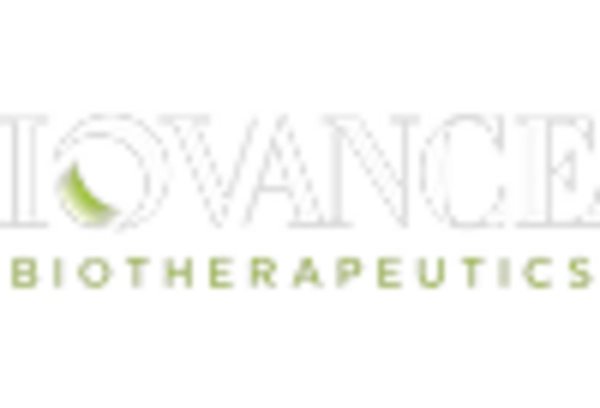
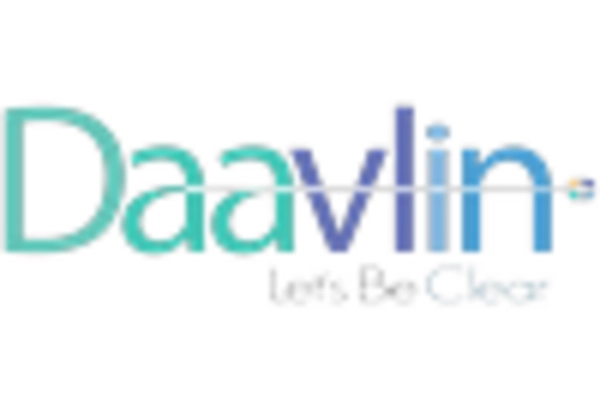

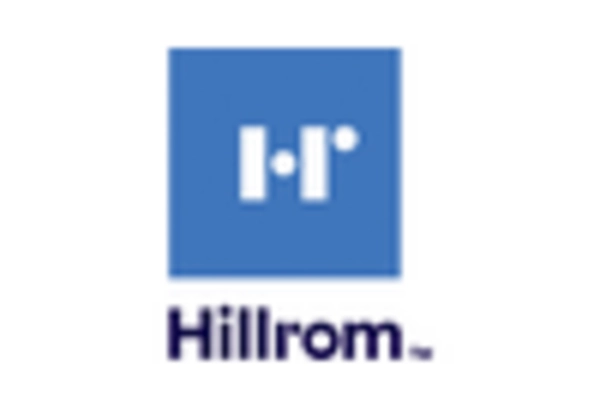
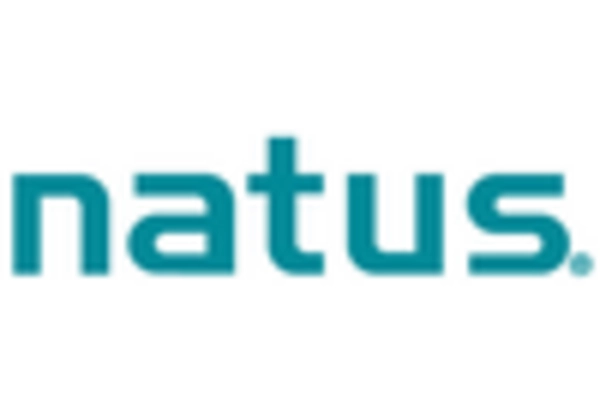









Leave a Comment